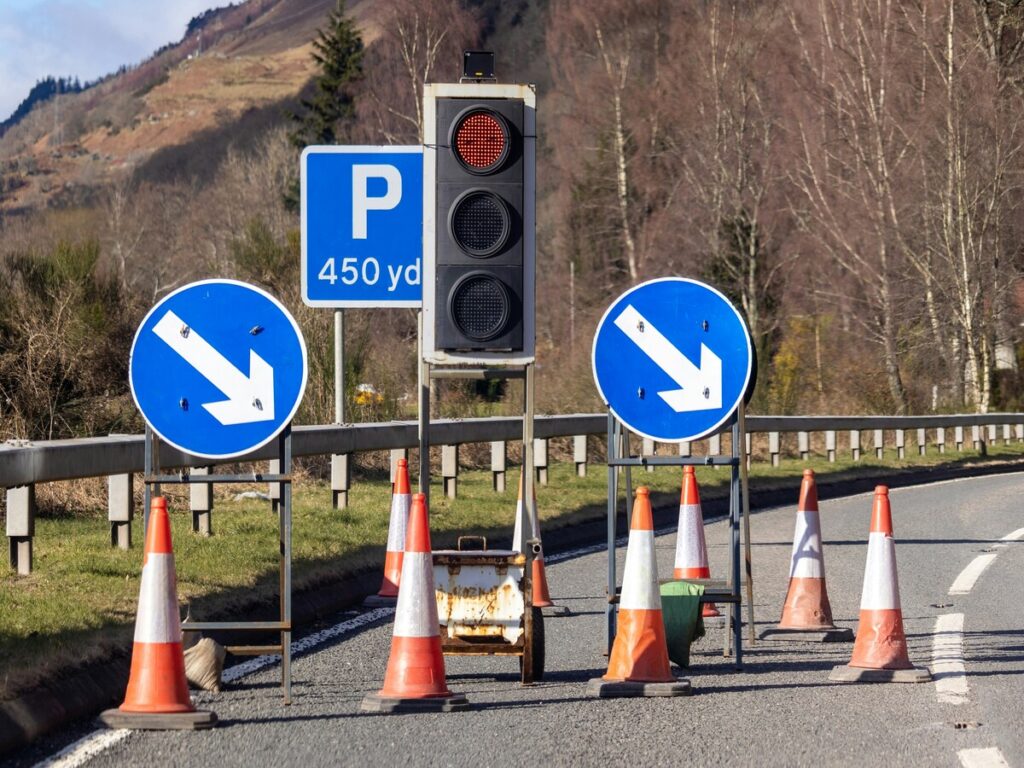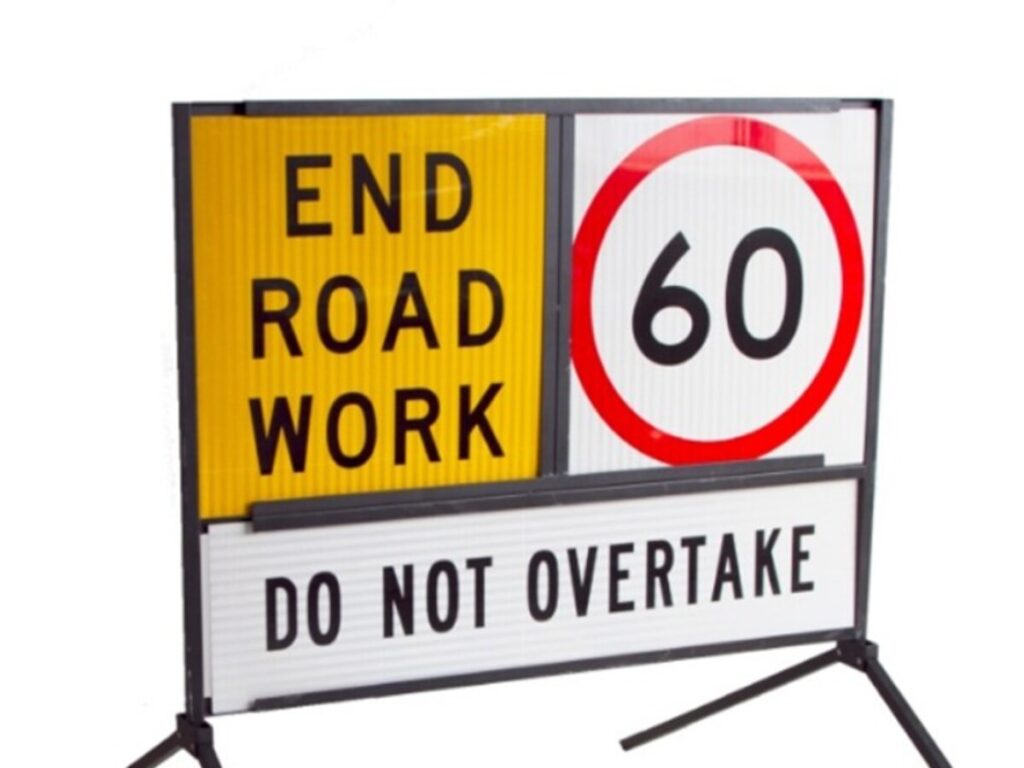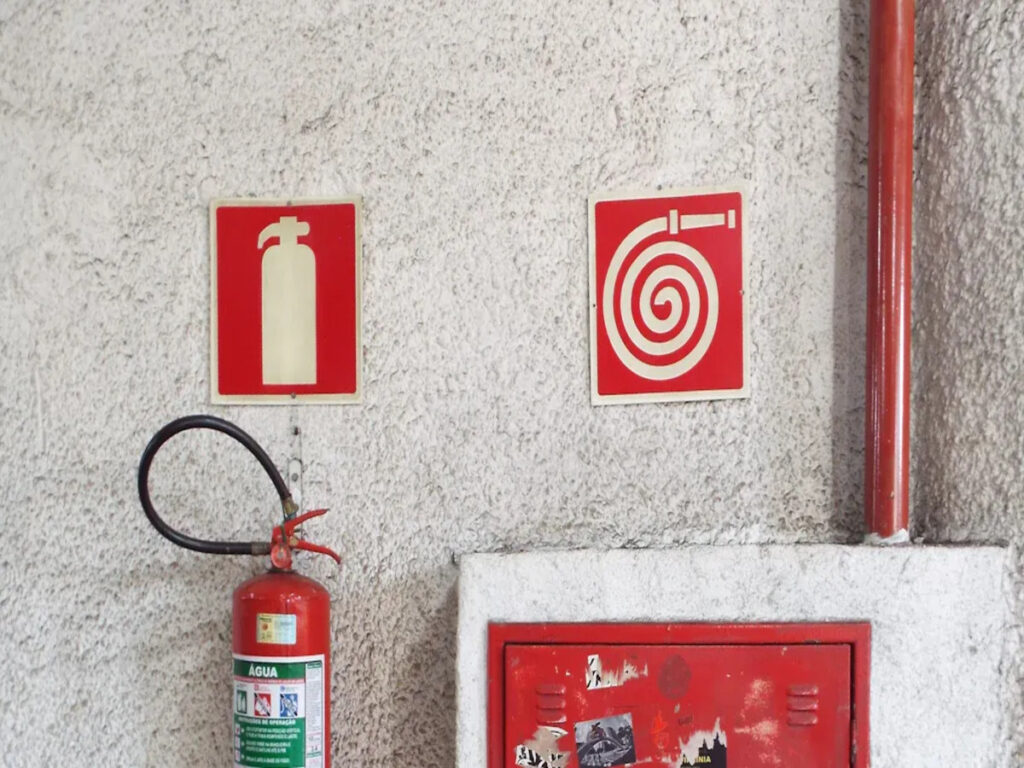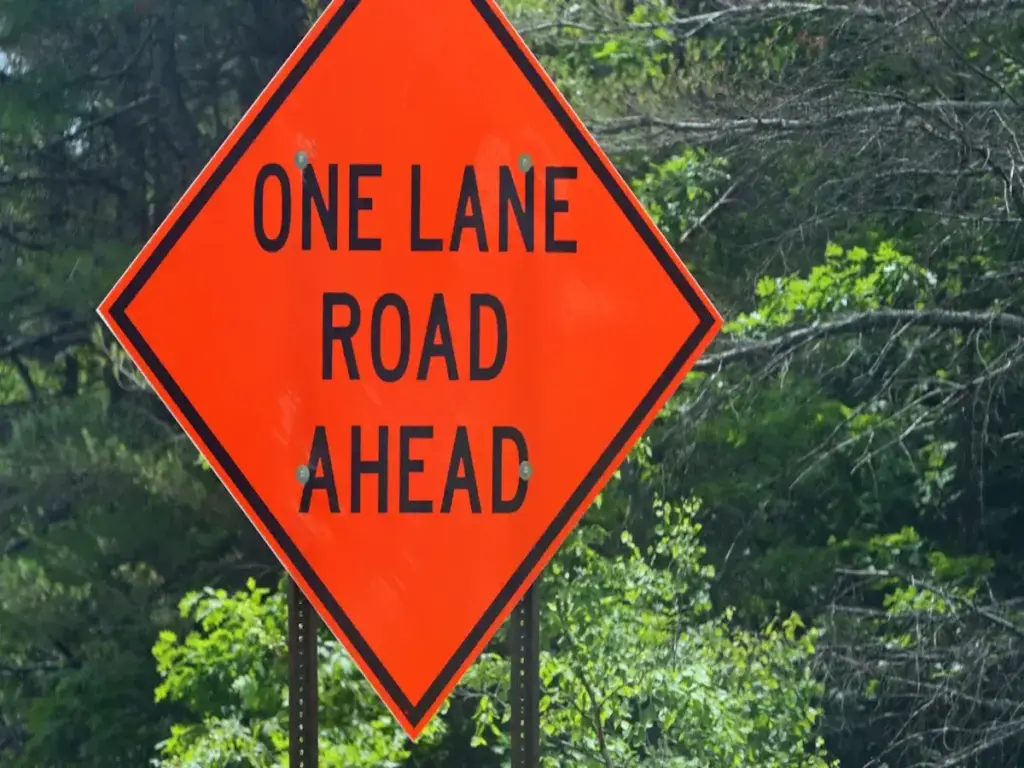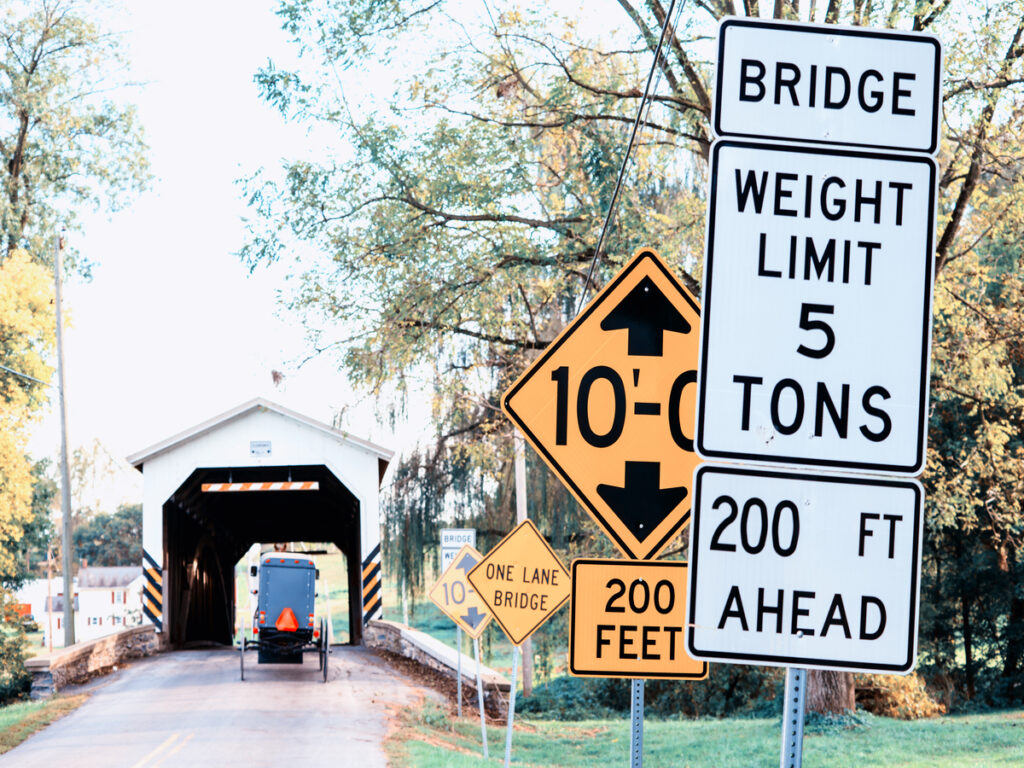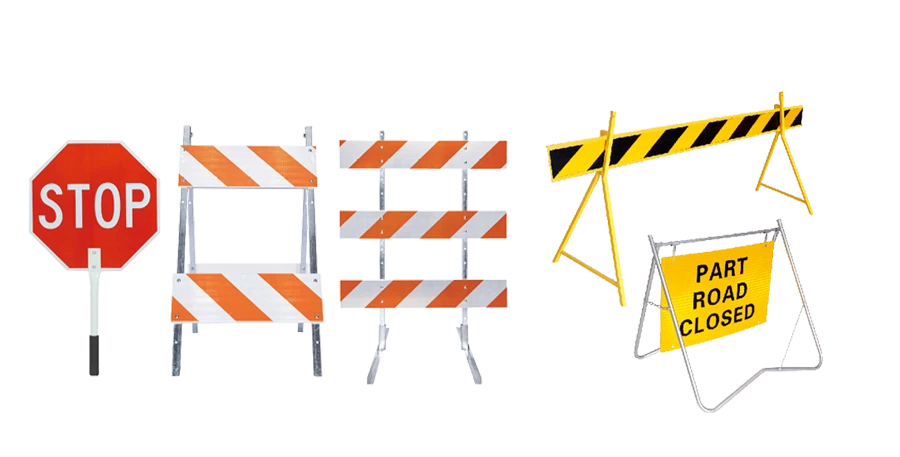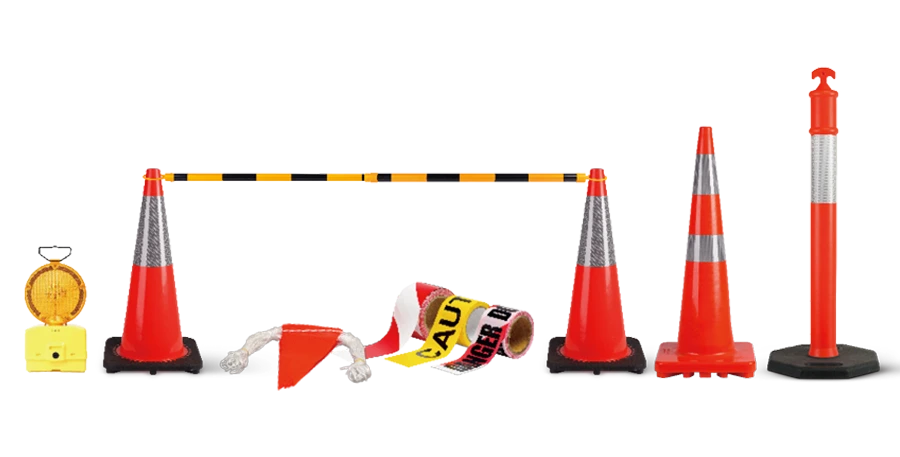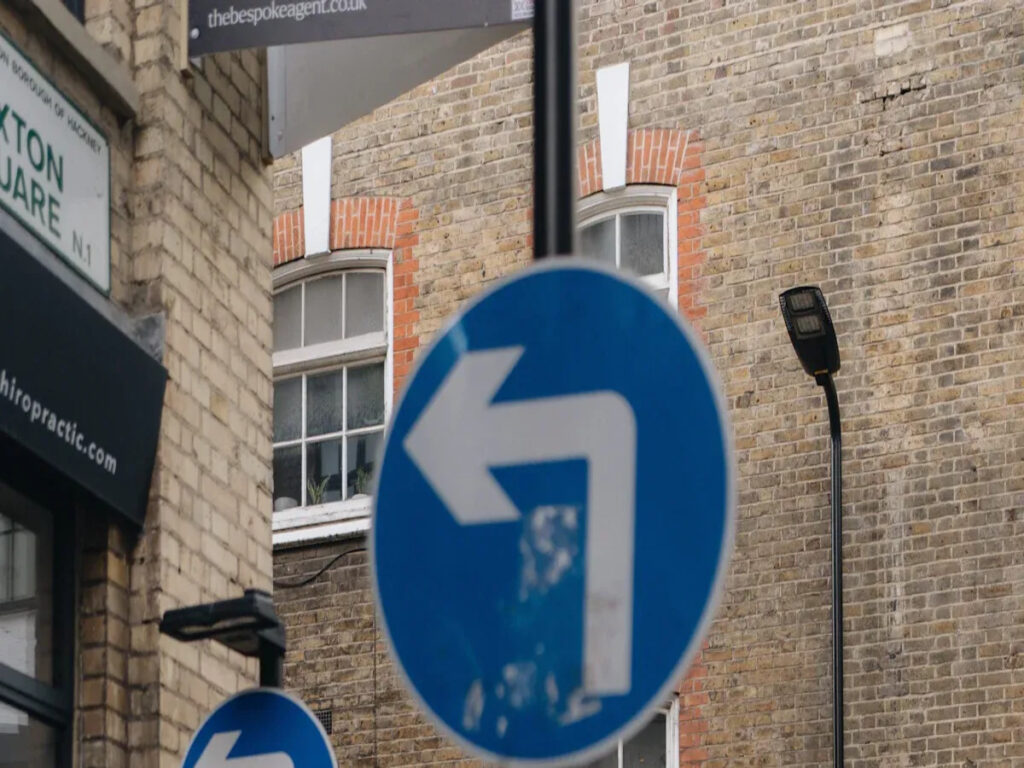
Choosing the right road sign brackets is very important for safety. It also helps follow UK rules. Rural and urban areas need different types of brackets. In rural places, signs face strong winds, heavy rain, and wear over time. Urban areas have problems like vandalism, pollution, and small spaces. Knowing these issues helps you pick brackets that last longer and stay visible. This keeps roads safer for all people.
OPTRAFFIC provides a wide selection of road sign brackets designed to meet the unique demands of both rural and urban environments. Our durable, weather-resistant sign brackets ensure compliance with global standards and maintain clear, secure signage in every setting.
Key Takeaways
- Pick brackets made of stainless or galvanised steel for rural areas. These materials stop rust and handle bad weather, staying strong for years.
- In towns or cities, choose aluminium or coated steel brackets. These are lighter, easier to clean, and harder to damage.
- Use bigger, reflective signs on country roads for better visibility. This helps drivers stay safe, especially at night or in bad weather.
- In cities, use tamper-proof brackets to stop vandalism. Locks or special screws can keep signs safe and secure.
- Check road sign brackets often for rust or damage. Fixing problems early saves money and keeps roads safe.
Environmental Factors Affecting Road Sign Brackets
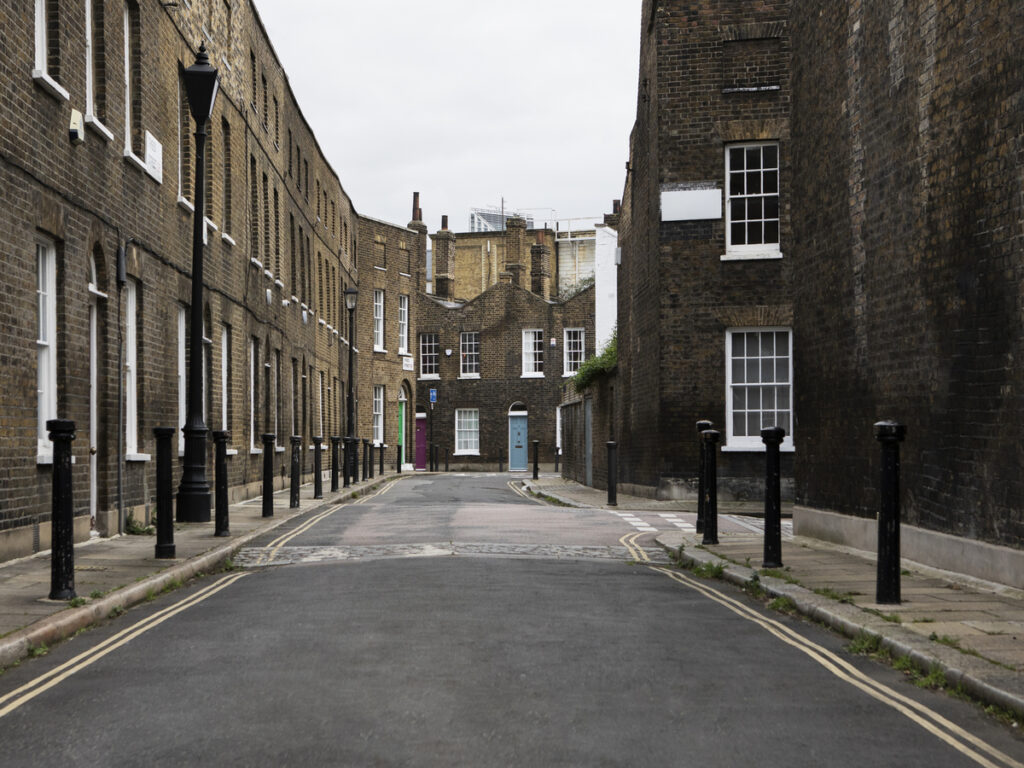
Weather Conditions in Rural Areas
Rural areas in the UK often face tough weather. Strong winds, heavy rain, and snow can damage road signs. You must pick brackets that handle these conditions well. High winds in open spaces or near motorways can loosen weak brackets. This might cause signs to fall or tilt.
Rain and dampness can also cause rust. Over time, rust makes brackets weaker and less safe. Stainless steel or galvanised steel brackets are great for rural areas. These materials resist rust and stay strong for many years.
Tip: Always check the wind load rating of brackets before use. This ensures they can handle the area’s weather.
Rural roads often lack streetlights, so visibility is key. Bigger road safety signs with reflective surfaces are common here. These need strong brackets to hold their weight securely.
Urban Challenges: Pollution and Vandalism
Urban areas have different problems for road sign brackets. Pollution from cars and factories can make signs dirty. This dirt reduces visibility and wears out brackets faster. Use brackets made from materials like aluminium or coated steel. These are easier to clean and maintain.
Vandalism is also a big issue in cities. People may damage or tamper with brackets. To prevent this, choose tamper-proof designs. These have special screws or locks that are harder to remove or break.
Note: Anti-vandal coatings can protect brackets from scratches or graffiti.
Urban spaces are often tight. Signs are placed on thin or decorative poles to match the area. Lightweight brackets work best here. They are simple to install and don’t strain the poles.
By knowing these factors, you can choose brackets that last longer and work well in rural or urban areas.
Visibility and Design Considerations
Reflectivity and Size for Rural Roads
On rural roads, clear visibility is essential for safety, especially at night or during adverse weather conditions. Larger road signs with high-quality reflective surfaces are required in these areas to enhance visibility. Reflective materials effectively bounce light from vehicle headlights back to drivers, making signs easier to see from a greater distance. Studies have shown that reflective signs significantly improve driver confidence and safety, particularly among older drivers. A decrease in sign reflectivity can lead to a measurable increase in accidents on poorly lit rural roads.
UK regulations, such as those outlined in the Traffic Signs Regulations and General Directions (TSRGD), impose strict requirements on road signs to ensure safety and consistency. Signs must comply with precise size tolerances and maintain a smooth, defect-free surface to optimize reflectivity and durability. While these regulations govern the quality and dimensions of the signs themselves, proper installation using robust brackets and mounting systems is also essential to keep signs securely fixed and clearly visible under all conditions.
Compact and Clear Designs for Urban Areas
In cities, signs need to be small and simple. This helps with limited space and avoids clutter. Smaller signs with clear messages are quicker for drivers to read. This reduces distractions and keeps traffic moving. Studies show bigger, brighter signs share information better. But too much detail can confuse drivers and slow their reactions. For example, bilingual or picture-heavy signs can make drivers take longer to decide.
Urban signs should have simple layouts with less information. Research says too much detail makes it harder for drivers to focus. Lightweight brackets work well in cities. They hold smaller signs and are easy to attach to thin or fancy poles.
Material and Durability Needs
Rust Resistance for Rural Brackets
Rural road sign brackets face tough weather all year. Rain, snow, and damp air can cause rust, making brackets weaker. To keep them strong, pick materials that fight rust. Galvanised steel and stainless steel are great choices. They have special coatings that stop rust, even in wet weather.
Wind and moisture pose significant challenges on rural roads. Galvanised steel brackets offer robust resistance to these elements, maintaining strength and durability. Stainless steel brackets are also highly durable and present a clean, polished appearance. They resist rust effectively and require minimal maintenance, making them an excellent choice for long-term use.
Choosing the right material for your sign brackets is essential to ensure lasting performance and safety in harsh conditions. To learn more about the differences between stainless steel and galvanised steel brackets—and which option best suits your needs—check out our detailed blog: Stainless Steel vs. Galvanized Steel Brackets: Which Should You Choose?
Light and Strong Brackets for Urban Areas
City areas need brackets that are light but strong. Space is tight, and signs go on thin or fancy poles. Materials like aluminium or coated steel work well here. They are easy to install and don’t put too much weight on poles.
Pollution and vandalism are common in cities. Coated steel brackets resist dirt and scratches. Aluminium brackets are light but strong enough for smaller signs. They also don’t rust, which is useful in polluted areas.
Urban brackets should also stop tampering. Special locks or screws can keep signs secure. This makes sure signs stay in place and easy to see, even in busy areas.
Note: Light brackets are quicker to install, perfect for signs that change often.
Choosing light but sturdy brackets keeps city signs clear and tidy. This improves safety and keeps the streets looking neat.
Pole Compatibility and Mounting Options
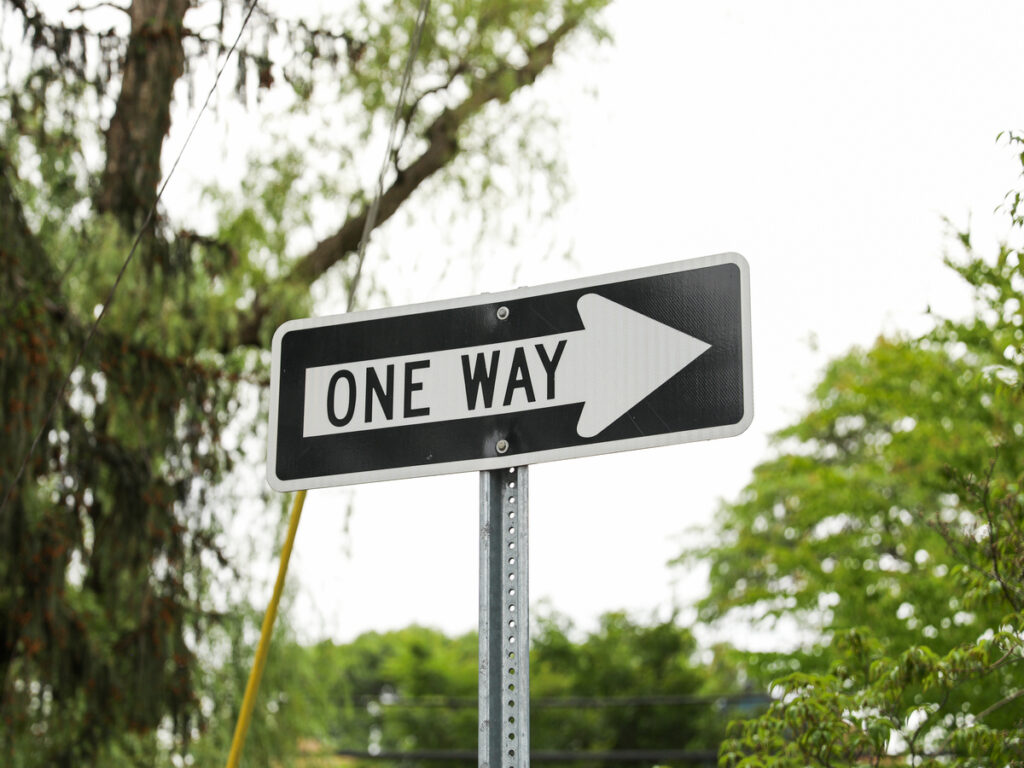
U-Channel and Square Posts for Rural Areas
In rural places, U-channel and square posts are often used. These posts handle tough weather and fast-moving traffic well. U-channel posts are made of strong steel that resists rust. This makes them perfect for rainy or damp areas. They are also light, making them easier to set up quickly.
Square posts are stronger and more flexible than U-channel ones. They can hold bigger signs, which are needed on rural roads. These posts often have breakaway designs. This means they reduce harm if hit by a vehicle, improving safety. Experts say these posts work well with rural road sign brackets.
When picking brackets for these posts, make sure they fit tightly. Adjustable brackets are a smart choice. They can fit different post sizes and stay steady in strong winds. Check for rust or damage often to keep posts and brackets in good shape.
Decorative and Thin Poles for Urban Areas
In cities, poles are often thin or decorative to look nice. These poles are common in busy areas where design is important. Lightweight brackets are best for these poles. They don’t add much weight and are easy to install.
Aluminium brackets are a top pick for city use. They are light, strong, and don’t rust easily. Coated steel brackets are also good, as they last long and look neat. To stop tampering, use brackets with special screws or locks. This keeps signs safe and easy to see.
Urban poles often have unusual shapes or styles. Adjustable brackets help attach signs to these unique poles. By choosing the right poles and brackets, you can keep city streets safe and stylish.
Compliance with UK Regulations
Standards for Road Sign Brackets
Road sign brackets in the UK must follow strict rules. These rules ensure safety and long-lasting use. They focus on the materials, design, and how brackets are installed. Brackets must meet standards like BS EN 12899-1, which covers fixed road signs. This ensures they stay strong against weather and keep their shape.
Brackets must match the size and weight of the sign. Bigger signs, often seen in rural areas, need stronger brackets. Smaller signs in cities need lighter brackets that fit fancy poles. In urban areas, tamper-proof brackets are important to stop vandalism.
Tip: Check if brackets are tested for wind and rust resistance. This makes sure they meet UK rules and last longer.
Ensuring Safety and Visibility
Safety and visibility are very important for road signs. Brackets help keep signs steady and easy to see. You must think about how far drivers can see signs when choosing brackets. Good visibility helps prevent accidents and guides drivers safely.
- Stopping Sight Distance (SSD) gives drivers enough time to stop safely.
- Full Overtaking Sight Distance (FOSD) lets drivers pass cars while still seeing signs.
- Faster speeds need longer sight distances, so strong brackets are needed for bigger signs.
Signs must be clear in all weather. Reflective surfaces make signs easier to see at night or in rain. Brackets must hold signs at the right height and angle for best visibility.
Note: Bad visibility can cause accidents, especially on fast rural roads. Picking the right brackets keeps signs clear and safe to read.
Picking the right road sign brackets keeps roads safe and signs strong. Rural and urban areas need different types because of their challenges. Rural places need tough brackets that resist rust. Cities need light brackets that stop tampering.
Tip: Talk to suppliers who know UK rules. They can help you pick brackets that follow laws and work well in each area.
Choosing brackets based on the location makes roads safer and cheaper to maintain. This helps drivers, walkers, and councils stay safe and save money.
FAQ
What materials work best for rural road sign brackets?
Stainless steel and galvanised steel are great choices. They resist rust and handle bad weather well. These materials are also strong enough for the bigger signs used in rural areas.
How can you stop vandalism of road sign brackets in cities?
Use tamper-proof brackets with special locks or screws. Anti-vandal coatings help protect against scratches and graffiti. This keeps signs safe and easy to see in cities.
Can one bracket type fit all pole shapes?
Adjustable brackets are a good solution. They can fit different pole shapes like U-channel, square, or decorative poles. This makes them useful for various setups.
How often should road sign brackets be checked?
Check brackets at least twice a year. Regular inspections help find rust, damage, or loose parts early. This keeps signs safe and visible.
Do UK rules require specific designs for brackets?
Yes, brackets must follow standards like BS EN 12899-1. These rules ensure brackets handle weather, weight, and visibility needs. This keeps roads safe and signs legal.

